Seems like simple task, but the interwebs are flooded with different ways to approach this, so what is best practice for making a simple HTTP POST from asp.net Page_Load (I'm on .net 4.7) ?
Many resources point to the fact that HttpClient.PostAsync is the most lightweight approach.
However, the example here: https://learn.microsoft.com/en-us/aspnet/web-forms/overview/performance-and-caching/using-asynchronous-methods-in-aspnet-45 - uses WebClient.
Also, both of theses approaches require setting Page Async="true" on the page - I am seeing conflicting information on whether this is actually the right approach.
Context: My page looks like it is spending a lot of time in BLOCKED_TIME during two requests that are made in Page_Load.
I suspect this is due to the way I currently make the POST:
public string makePost(string parametersToPassOn, string command)
{
HttpContent c = new StringContent(parametersToPassOn, Encoding.UTF8, "application/json");
var t = Task.Run(() => fireRESTcall(new Uri(walletProxyURL + command), c));
t.Wait();
return t.Result;
}
static async Task<String> fireRESTcall(Uri u, HttpContent c)
{
var response = string.Empty;
using (var client = new HttpClient())
{
HttpRequestMessage request = new HttpRequestMessage
{
Method = HttpMethod.Post,
RequestUri = u,
Content = c
};
HttpResponseMessage result = await client.SendAsync(request);
if (result.IsSuccessStatusCode)
{
response = await result.Content.ReadAsStringAsync();
}
}
return response;
}
Any help/thoughts would be greatly appreciated.
